Why would anyone want or need such a thing?
Well, for the last few months I’ve been developing a USB Host Library for powerful but complex EHCI USB port in Teensy 3.6. After several false starts and re-reading the USB 2.0 and EHCI 1.0 specs and datasheet over and over (did I mention this 480 Mbit/sec USB host port is powerful but really complex), it’s finally starting to come together.
Now I’m at the stage where it’s time to begin work on code to handle USB disconnect events. When you unplug the cable, the ECHI work queues need to be removed, periodic schedule bandwidth allocation/planning needs to be undone, memory needs to be freed (hopefully it’s all findable from linked lists), hub/port status needs to be updated, and probably a ton of other stuff needs to happen that I haven’t even considered yet…
Reaching over to physically unplug the USB cable gets old quickly! Really, really old, both hands off my keyboard… right when trying to focus. With 12 Mbit/sec USB ordinary switches can usually work, but this is 480 Mbit/sec and I’m already running it through a USB protocol analyzer and a few cables plugged in tandem, leaving not much signal quality margin left. So I made this handy little board with a proper USB 2.0 high speed mux chip. The control signal is just 3.3V logic, so I might even wire it up to something to automate the process.
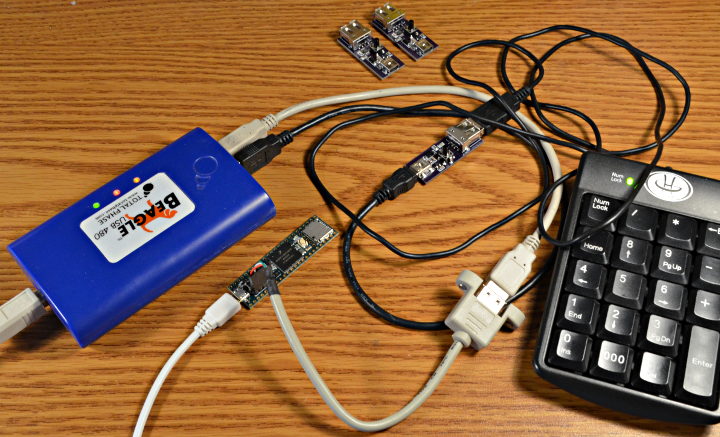
Admittedly, not many people develop USB host drivers and software stacks (it’s turning out to be probably the toughest coding I’ve ever done), so this little board might not have really wide applications. But here’s all the details anyway. ;-)
 Paul Stoffregen
Paul Stoffregen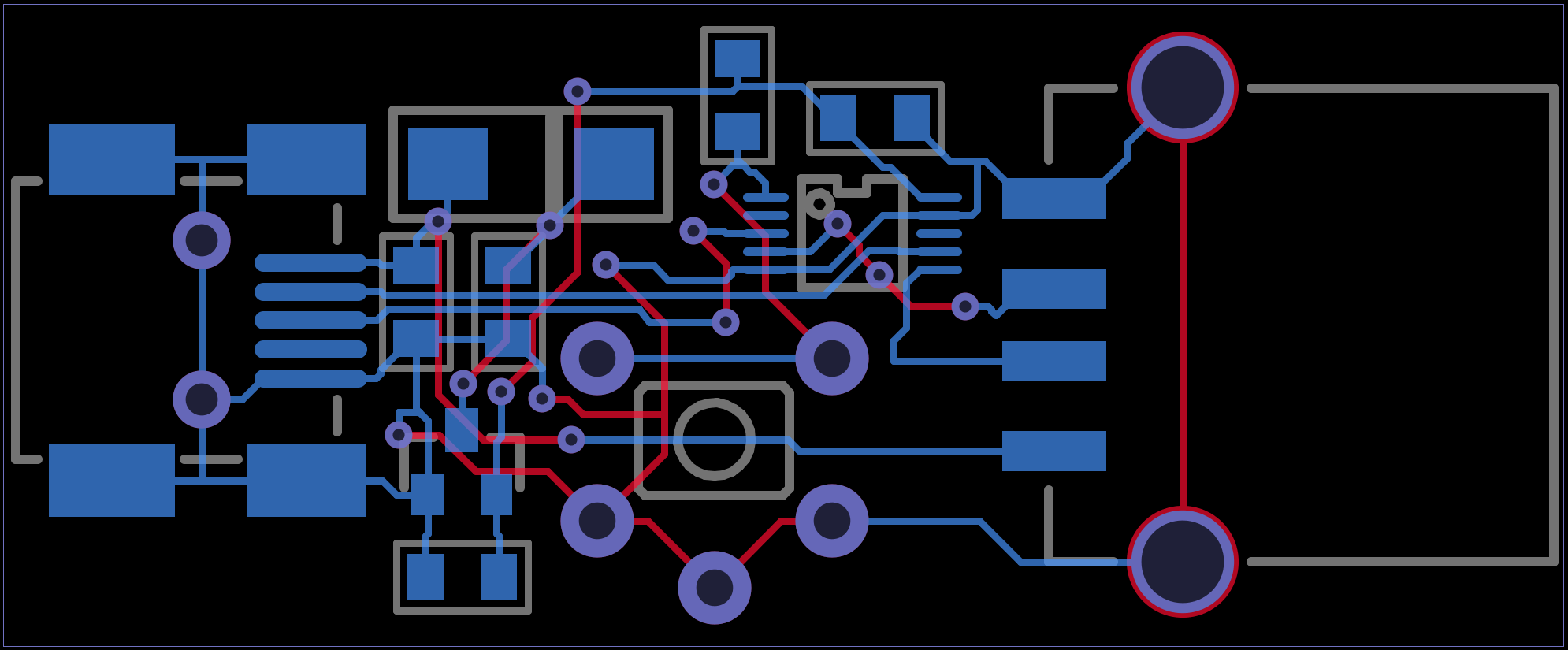








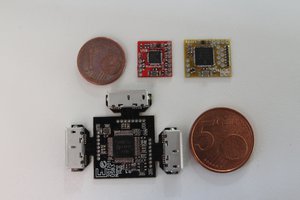
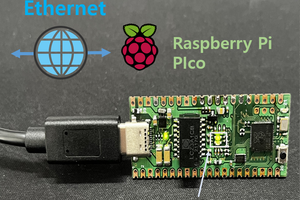
 Alan
Alan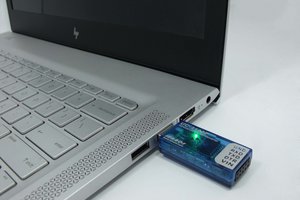
 Dinana
Dinana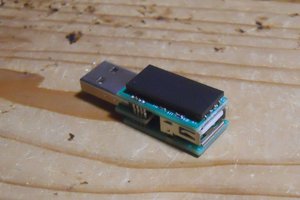
 teru
teru
hi. from the description is not clear your aim. are you disconnecting usb device programmaticly?